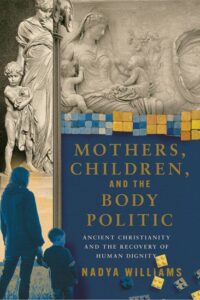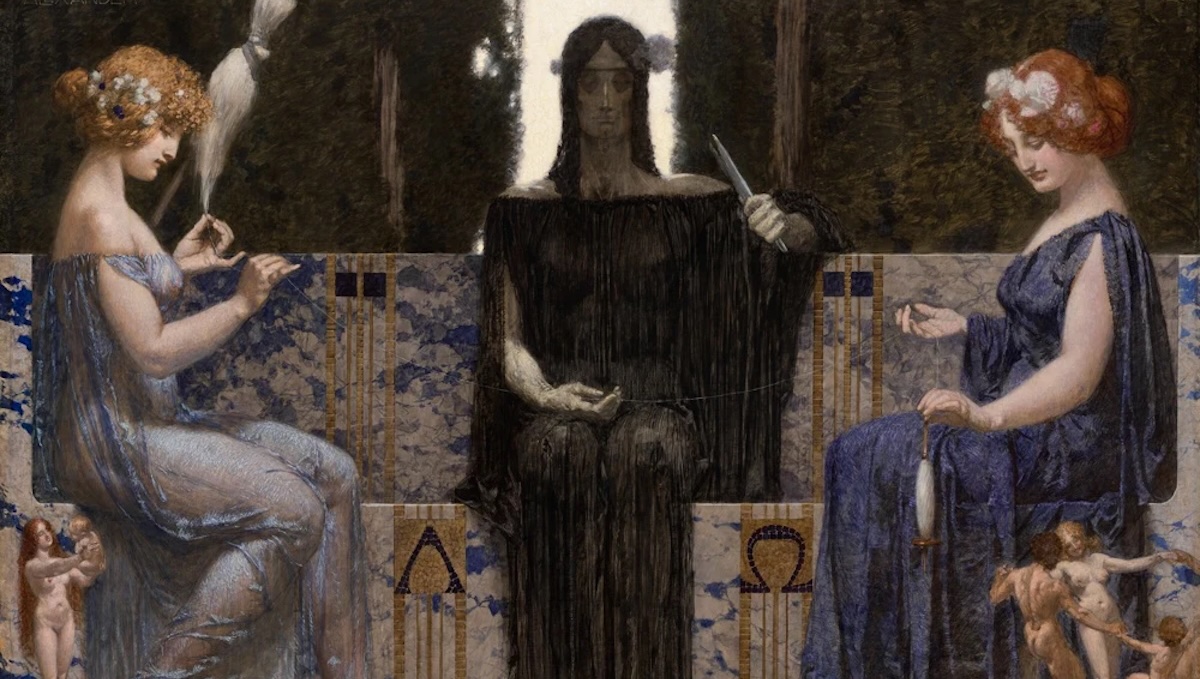When young women and men think about their fertility plans, they encounter plenty of pitches to wait for the right time. You might not be ready for children now, and you might be too early in your career to afford egg freezing for children later, but if you sign up for a baby-splitting bargain with Cofertility, you can freeze your own eggs right now for free, provided you cede half of them to a family seeking egg donors.
This modern-day Rumpelstiltskin riff is, unfortunately, real. It’s one of the most shocking fertility pitches framed as an appeal to prudence. Others are subtler. In an essay for Works in Progress, genomicist Ruxandra Teslo suggested that nascent advances in fertility could allow women to prioritize career through their mid-thirties and then pivot to children. Previous generations of women have been let down by similar promises. The woman who posed on the cover of Bloomberg Businessweek for a story about egg freezing was ultimately unable to have a child.
But I’d be lying if I said my objection was purely a practical one about what technology can deliver. If we did discover a way to reliably help women shift childbearing to their early forties, I believe it would be a profound loss.
Here’s the problem, as plainly as I can put it.
Think of your life as a ribbon unspooling along a timeline. You know when you began, but not when you will end. If you marry, at some point your two ribbons begin rolling down the timeline in tandem. The timing of your meeting and marriage doesn’t just set the pattern for your major anniversaries, it determines how much of your life is shared.
I began dating my husband just in time to mail him cookies when his uncle passed away, but not in time to meet that uncle. He was my boyfriend in time to give me a Mary Undoer of Knots prayer card during a labor dispute at work, which I’ve carried in my purse ever since. Whenever I pull it out to pray with a friend, I feel a grateful echo of that early mark of love.
If you have children, new skeins begin to unspool alongside your paired strands. The present prudence suggests you should be very, very careful to pin the start of the ribbon in just the right spot—after grad school, after some time to travel, after choosing where to live long-term. None of these factors are inappropriate to consider, but there’s something to set against them.
How long will the ribbon of your life and those of your children overlap? You will share more of your life with your children if their lives begin before yours are more than a third unfurled.
You don’t have total control over when those small ribbons come into being, any more than you can guarantee finding a partner to create them with. You have to zoom very far in on the timeline of my husband’s and my marriage to see our six miscarriages. Each child we lost would be a snippet of ribbon that accompanied us for six weeks, eight weeks, two weeks, and on and on, dappling our months with joy and grief.
Part of what marks our shared life is this doctor’s office, that hospital room, this moment I slipped off my wedding ring for the first time since I put it on to get emergency surgery. And then that heartbeat, that flickered and flickered and has not gone silent yet. Two little siblings that followed, tangled up together in their different colors and characters.
Only one of those little rolling ribbons lies tangent to my father’s. He went through the agony of bypass surgery and a hard recovery in the hope of seeing those days. For one and a half years, my daughter let me see his joy even as his body grew frailer and more uncomfortable. Then his ribbon ended, and hers kept running.
None of this is intended to scare single people. I have never found that working from an anxious, scarcity-based way of thinking helps me to make better decisions. You can think of your unspooling life as a matter of spending down your resources and exhausting the years given to you, but I prefer to think about it constructively. What am I building up, and when is my first opportunity to lay a cornerstone? I want to take on projects too large for just one life, children being the most obviously likely to outlast me.
I’m freest to choose when I reckon with my own finitude and that of my parents and my children. In an essay titled “Your Real Biological Clock is You’re Going to Die,” Tom Scocca offers a diagnosis of how our time preferences get so distorted. If one’s “real life” is defined as the periods when we have the greatest independence, the weakest ties to others, and the most potential futures still open to us, then parenthood pushes both men and women—but especially women—out of this class.
Children come with a million “nos” attached. The career hits are the easiest to quantify, but they’re not the only ones. In my own life, no, I will not take that fascinating but time-intensive job when I’m three months pregnant. No, I will not start working on a next book proposal while I am still getting up in the night to breastfeed my son. And, more painfully, no, I will not log the hospice hours my mother and my brother did as my father died, because I have a toddler to take care of and a baby on the way.
The nos only make sense when they’re for the sake of a big yes. And choosing anything means picking it over other things, whether it’s children or cathedral building. As Scocca put it, “You are not banking extra years as a person who is still too young to have children. You are subtracting years from the time you will share the world with your children.”
Your life doesn’t start after some time in neutral. “Right now” is always part of your real life, whether it is unfolding as you hope or not. Trying to start a family early shifts the odds in your favor, but even in determined pursuit, you may not attain the spouse or the children you want. Still, better to start giving yourself to someone as early as possible, exploring what big yes you want to give order to your life.
The Mother’s Day after my first miscarriage, two of my friends invited me to go out with them and their children. Eventually, I stood as godmother to one of each of their children. My friends made the generous choice to knit our lives together though my vow to pray for their children. They added another set of colored ribbons to my life.
Our lives are ours, but ours to spend, and to tangle up with others.



